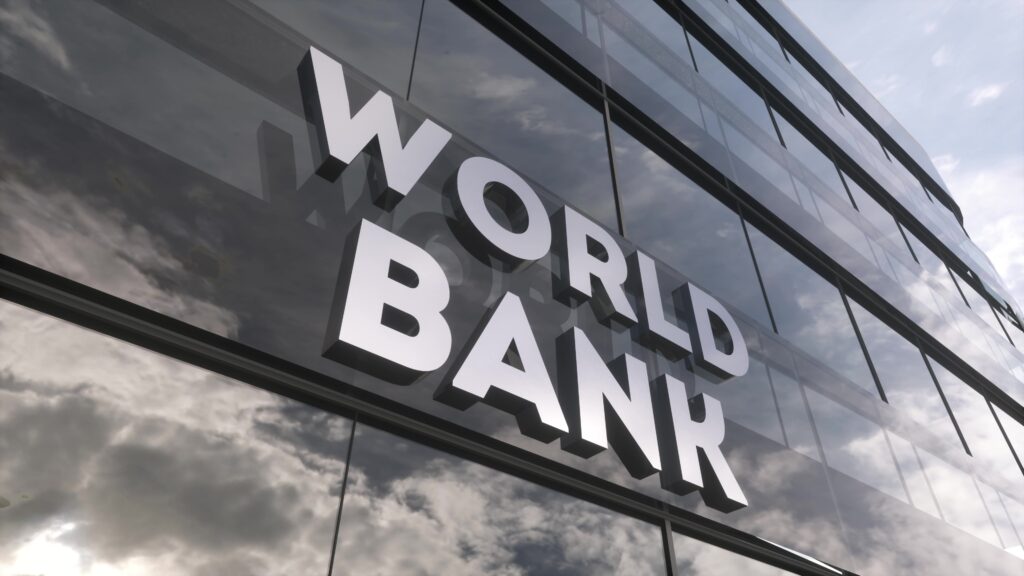In 2023, developing countries paid a record $1.4 trillion (€1.3 trillion) to meet foreign debt obligations, a World Bank report revealed. Many nations had increased borrowing during the pandemic, but rising interest rates and inflation have worsened their debt burdens.
Poorer economies, especially those eligible for International Development Association (IDA) assistance, faced the steepest challenges. IDA countries spent $96.2 billion (€91.9 billion) servicing debt, with interest payments reaching a record $34.6 billion (€33.05 billion). These payments now account for nearly 6% of their export earnings, the highest level since 1999.
Private Creditors Retreat as Multilateral Institutions Step In
Private creditors pulled back from lending to poorer nations, focusing on safer investments with higher returns. However, multilateral institutions, including the World Bank, increased support during this period. In 2022 and 2023, these institutions disbursed $51 billion (€48.71 billion) more than they received in debt-service payments from IDA-eligible economies.
The World Bank alone contributed $28.1 billion (€26.84 billion), covering about a third of this gap. Despite these efforts, World Bank economist Indermit Gill criticized the imbalance, where multilateral and government creditors bear most risks while private creditors reap most rewards.
Risk of Default and Social Spending Cuts
Most debt-distressed countries avoided default to protect their credit ratings. To repay creditors, many cut essential budgets, including health and education, or redirected World Bank funds to service debts.
The World Bank shifted its approach during financial crises, offering grants instead of low-interest loans to high-risk countries. It also works with borrowers to restructure debt without compromising social investments.
Rising Inequality and Calls for Reform
Post-pandemic fallout has disproportionately affected developing nations due to smaller fiscal stimulus packages and weaker healthcare systems. Geopolitical tensions and trade barriers have further hindered growth.
While some low- and middle-income countries showed economic resilience in 2023, IDA-eligible nations experienced rising debt-to-income ratios, increasing by 1.9 percentage points. In contrast, other developing countries saw their debt-to-GNI ratio drop by 0.8 percentage points.
Indermit Gill called for mechanisms enabling countries to restructure debt without losing access to future loans. He warned that without such reforms, achieving global development goals would remain unattainable.
